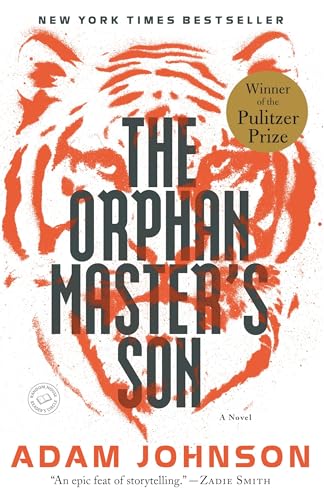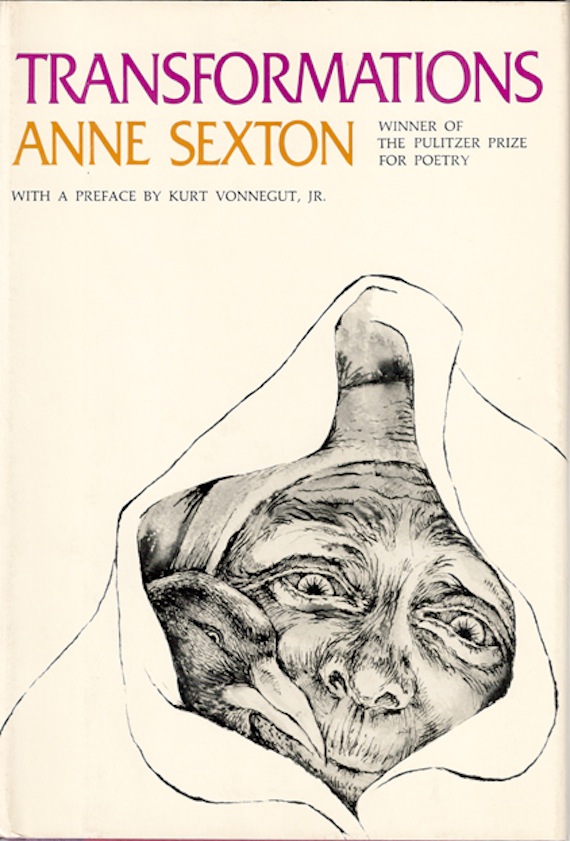1.
In the spring of 2007, the Italian journalist Daniele Mastrogiacomo arrived in Kabul. He’d been to Afghanistan often enough to have found some measure of ease there — he had good contacts in the Italian embassy and elsewhere, and was able to conduct his business with some efficiency — but his relationship with the country was complicated. He was moved by the extremity of Afghanistan’s physical landscapes, the breathtaking height of the mountains and the sweep of valleys between.
And yet Afghanistan had always inspired in him a certain measure of dread. This was rooted partly, of course, in the obvious unease of life in a war zone — Mastrogiacomo had come to understand the country as a place perpetually in a state of civil war — but partly in the physical landscape itself. Even in times of relative peace, he writes, this is a landscape filled with the possibility of sudden death, “an open air prison where an estimated ten million landmines scattered throughout thirty-four provinces make free movement impossible, and it oppresses for this reason.” Ten million landmines, give or take, and no one knows exactly where they are. Accurate maps of the antipersonnel mines seem not to exist.
By early 2007 the Taliban’s attacks seemed to be escalating, and Mastrogiacomo wanted to understand what was happening in the country. In January of that year he’d telephoned 23-year-old Ajmal Naqshbandi, who’d served as his interpreter on previous assignments. “We need to get [the Taliban] on tape in order to understand who they are,” he told Naqshbandi. “I can imagine their position, they’re light years away from the way we see things. But in order to really understand, we need them.”
Naqshbandi, a journalist in his own right, moved quickly. He had contacts in the Taliban, although he viewed them with contempt. He managed to arrange an interview with Mullah Dadullah, commander of Helmand Province and an increasingly important Taliban leader. Mastrogiacomo met his interpreter in Kabul and they flew on to Kandahar, where they met up with their driver, Sayed Agha. Agha was a stylish man of twenty-eight in impeccable attire and brown wingtips, the interpreter’s friend. He had four children and his wife was expecting a fifth.
They drive on to Lashkar Gah, deeper into the southwest, an area overrun by Taliban. “’They’re lunatics,’ Naqshbandi tells Mastrogiacomo,
‘They want our country to stay in the middle ages. They’re completely out of touch,’ he insists, barely containing his anger. ‘They’re light years away from Afghanistan. They don’t know anything, they’re not aware of anything, they’re ignorant. To us, education, knowledge, and culture are tools for life and for progress. They want to lock us away in this enormous prison and isolate us from the rest of humanity.’”
There’s a wait while Ajmal Naqshbandi speaks with his contact and the interview is confirmed. A boy meets them at a gas station and directs them onward through the countryside, until all at once, vehicles surrounded them.
The driver, the interpreter, and the journalist are removed from the car. Hoods are thrown over their heads. Mastrogiacomo is struck violently with a rifle butt and placed, bleeding profusely from a head wound, in the trunk of a car. They have been abducted by the Taliban. The interview was a trap.
2.
 Days of Fear is an unflinching account of the nightmarish fifteen days that follow. The prisoners are moved constantly, sometimes twice in a day. Long periods of waiting are punctuated by moments of sheer terror. Realizing that even if he never did get his interview, he’s been granted rare access, Daniele makes an effort to understand his abductors: “I try to converse with these boys. I ask about their lives, their habits. …They seem open, willing to exchange ideas. But when it is time to flog me, they will feel no compunction.”
Days of Fear is an unflinching account of the nightmarish fifteen days that follow. The prisoners are moved constantly, sometimes twice in a day. Long periods of waiting are punctuated by moments of sheer terror. Realizing that even if he never did get his interview, he’s been granted rare access, Daniele makes an effort to understand his abductors: “I try to converse with these boys. I ask about their lives, their habits. …They seem open, willing to exchange ideas. But when it is time to flog me, they will feel no compunction.”
At times the three captives are treated with relative kindness; at other times, beaten and humiliated. They are watched over by an ever-changing cast of captors, their detention orchestrated from afar. The mostly young men who hold them captive are unsettling in their contradictions, in their combination of innocence and cold-blooded fanaticism. In moments when there’s nothing else to do, they delight in playing soccer; when asked how this squares with the Taliban’s prohibition on sports and other recreational activities, the reply is, “But this is football!” Word comes that the captives have been sentenced to death.
The negotiations drag onward, and the same boys who love playing soccer decapitate Sayed Agha. There is a gap in Mastrogiacomo’s blindfold. He sees every detail of Agha’s horrific and utterly pointless death.
For the remainder of their captivity, Naqshbandi and Mastrogiacomo are convinced that they will meet Sayed’s fate at any moment. Mastrogiacomo is forced to record video and audio messages. He addresses himself to the Italian Prime Minister and begs for his life. Freedom comes eventually, but the cost is steep.
It seems to me that our lives are crossed through with a series of demarcation lines. Each line marks a border between a before and an after, whether joyous or dark: before you had children / after you had children; before you suffered a terrible event / afterward. In certain memoirs the sense of immersion into the defining moment, the defining demarcation in a person’s life, is so vivid that there’s a feeling of trespassing. Days of Fear is essential as a glimpse into a terrifying political and religious movement, but it’s devastating for quieter, much more human reasons.








